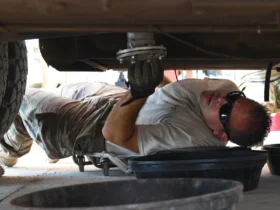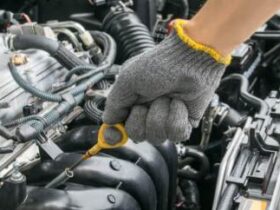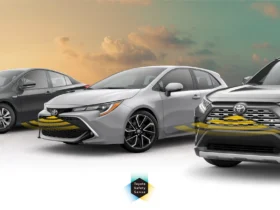Automotive manufacturing, a cornerstone of worldwide economies, is a complex tapestry spun from intricate designs, exact engineering, and perfectionist manufacturing processes. Yet, regardless of the advanced technology and severe quality control measures, flaws inevitably stand.
Understanding the common manufacturing sins plaguing convertible production is important for consumers, manufacturers, and manufacturing analysts alike. This article delves into the various facets of these flaws, testing their causes, consequences, and potential solutions.
The Spectrum of Manufacturing Faults
Manufacturing faults in cars result encompass a roomy range of issues, impacting entirety from the structural integrity of the boat to the functionality of allure intricate structures. These faults may broadly categorized into:
· Material Defects:
Raw materials used in car production, such as gird, aluminum, and plastics, can exhibit hereditary flaws, containing impurities, discrepancies in composition, or fundamental weaknesses. These issues can manifest as cracks, warping, or premature disintegration.
· Process Errors:
Manufacturing processes, such as binding, painting, and congregation, can introduce defects if not carefully executed. Get professional help from an auto repair shop in Sardinia, OH.
· Design Flaws:
While not strictly a production fault, design mistakes can significantly impact the dependability and safety of a vehicle.
· Assembly Errors:
The intricate assembly process, including the integration of many components, is exposed to mistakes. Incorrect part placement, improper links, and missing parts can all lead to meaningful problems.
The Impact of Manufacturing Faults
The results of manufacturing faults can range from minor inconveniences to destructive failures. These issues can manifest in various ways:
· Reduced Vehicle Lifespan:
Faulty materials or processes can lead to premature depletion, shortening the old age of the vehicle. This is specifically problematic for critical parts such as the appliance, transmission, and braking method.
· Economic Losses:
Recalls, repairs and legal battles guide manufacturing blame and can impose solid financial burdens on both the maker and the customer. This can also damage a company’s name and market share.
· Environmental Impact:
Manufacturing faults can enhance environmental issues. For instance, incorrect emissions orders can release harmful contaminants into the atmosphere.
Addressing the Issue: Prevention and Mitigation
The automotive industry is steadily striving to help its production processes and quality control measures. Several approaches aid in mitigating these issues:
· Advanced Materials Testing:
Employing cultured testing to identify and remove defects in raw materials is crucial.
· Enhanced Process Monitoring:
Implementing palpable-time listening systems all the while manufacturing processes can detect and remedy issues promptly.
· Rigorous Quality Control Checks:
Implementing a healthy quality control scheme at each stage of production can help label and eliminate defects before they reach the customer.
· Improved Design Validation:
Employing simulations and exact testing processes during the design chapter can help identify potential design weaknesses.
· Collaborative Problem-Solving:
Encouraging open ideas and collaboration betwixt different areas can help identify and resolve production issues.
Conclusion
Continuous improvement in production processes, coupled with severe quality control and healthy problem-solving mechanisms, is essential for construction trust and delivering excellent vehicles to the all-encompassing marketplace.











